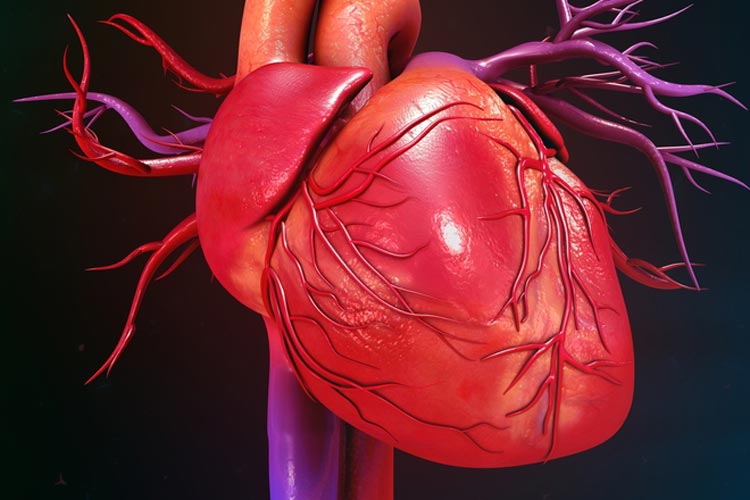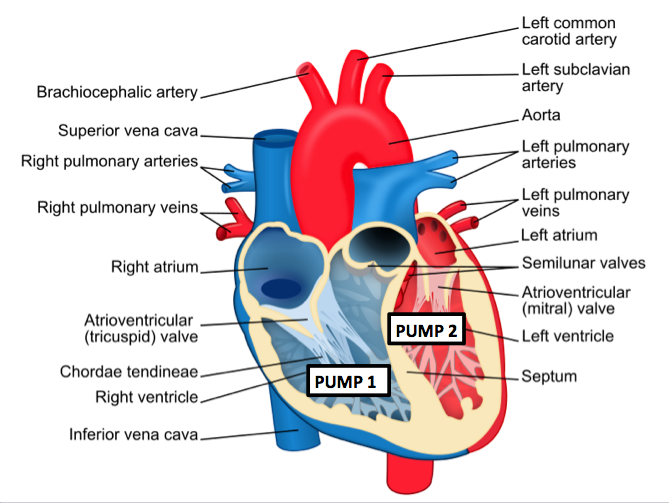Of all the organs within the body the heart is preeminent in terms of the centrality of its location the richness of its connections to all the cells within the body and particularly relevant here the intensity of its energy transmission.
What is the source of energy for your heart pump.
Your heart rate is the number of times your heart beats in one minute.
As of 2007 28 gw of geothermal heating capacity is installed around the world satisfying 0 07 of global primary energy.
It is estimated that the energy required to continuously pump blood at these rates is almost 5 watts of power per hour sic watts of power is fine.
Pericardium the sac that surrounds your heart.
Approximately seventy countries made direct use of a total of 270 pj of geothermal heating in 2004.
But just as the heart not only pumps patterns of biochemical nutrients to every cell within the body.
Now researchers are learning that this marvelous machine the size of a fist and weighing on average less than 10 ounces also possess a level of intelligence they are only beginning to understand.
The heart carries on pumping by itself as the muscle of the heart is myogenic which means it can contract and relax without any stimulus from the brain although the brain can increase and decrease heart rate.
The heart is made of three layers of tissue.
The atrioventricular node av node.
Muscle fibers that conduct the electrical impulses that regulate heartbeat.
The enerfy source for the contraction of the heart muscle is atp from respiration.
The sinoatrial node sa node.
Geothermal heating is the direct use of geothermal energy for some heating applications.
Humans have taken advantage of geothermal heat this way since the paleolithic era.
The ultimate energy source of the heart like in all cells in the human body comes from adenosine triphosphate which is a product of the citric acid krebs cycle in the mitochondria with acetyl co enzyme a as intermediary.
The electrical system of the heart is the power source that makes this possible.
And the average heart will beat almost 4 million times per year sic they probably mean 40 million ed.
A normal heart in an average sized person will pump 4 to 5 liters of blood per minute.
Known as the heart s pacemaker this node fires at regular intervals causing the heart to beat.
Made of thin layers of tissue it holds the heart in place and protects it.
The bundle of his also known as the atrioventricular bundle.
Endocardium the thin inner lining of the heart chambers that also forms the surface of the valves.
A slow heart rate is considered anything slower than 60 beats per minute for an.
Consider the amazing human heart the organ that pumps life giving oxygenated and nutrient rich blood throughout our bodies on a precise schedule.
Heart rate is a measure of cardiac activity.
The electrical relay station between the upper and lower heart chambers.















































